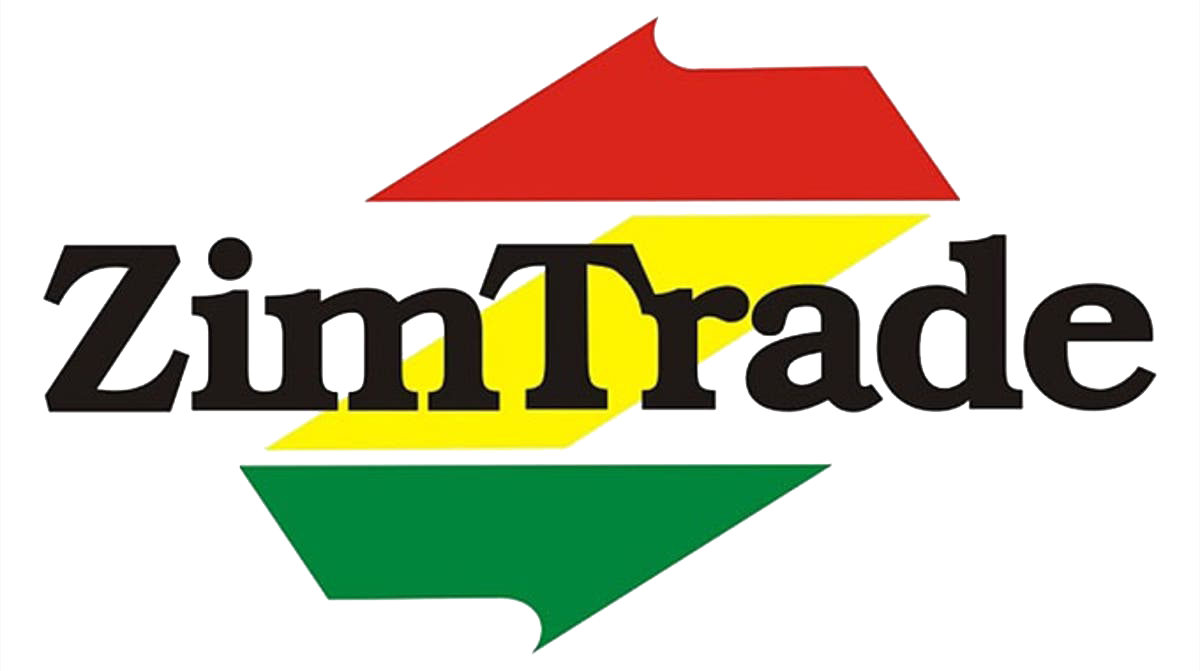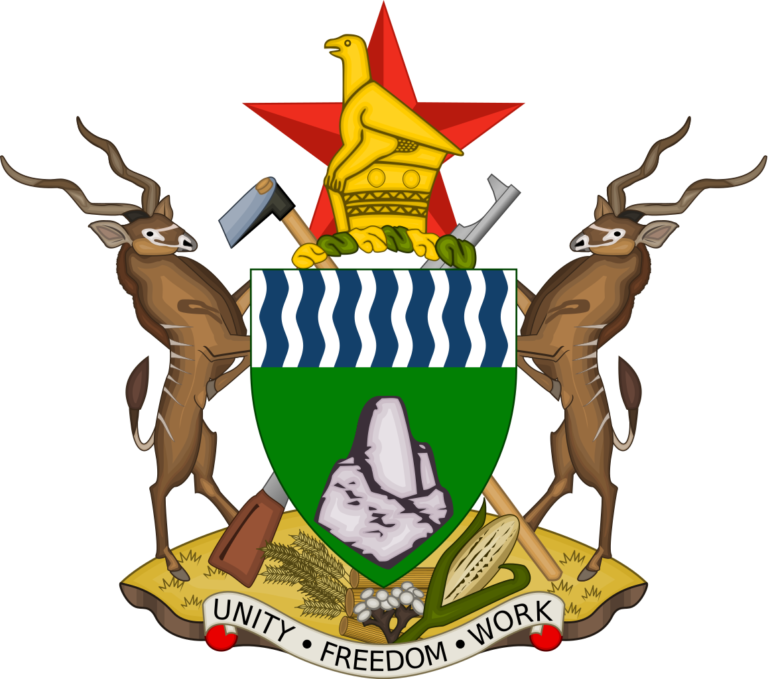Sea freight is expected to be the dominant mode of transport for fresh produce to distant export markets. International businesses and consumers are placing more awareness on the environmental impact of freight forwarding services and are increasingly using greener services to transport the goods.
According to a Horticulture PUM expert, Mr. Peter De Wit, cargo planes emit higher amounts of pollutants and have less carrying capacity compared to sea freight services. Sea freight is considered a much greener transportation mode and has a higher carrying capacity.
“This paradigm shift started two years ago and presently, between 20-30% of the global peas exports are being transported by sea. In the next two to three years, about 80% of horticultural export produce such as sugar snaps, mange tout, peaches and other stone fruits into Europe will be transported using sea freight”, he said.
Mr. De Wit added that the change to sea freight will have significant effects on the marketing of peas as exporters require a relatively large volume of produce. “For example, they would need to send, at least one or two 20-tonne containers of produce to Europe, on a weekly basis. I urge exporters to form alliances to fill up containers as well to optimise routings and create lower waiting times at the harbour”, he added.
However, with sea freight, there is a risk of losing a whole container if the consignment exceeds Maximum Residue Limits (MRL). The limits are based on the highest level of pesticide residues that is legally tolerated when pesticides are applied correctly. It is, therefore, important for Zimbabwe to invest in a laboratory that can conduct MRL checks as well as in infrastructure to handle sea-bound containers.
Publish Date: Thursday 15 December 2016



